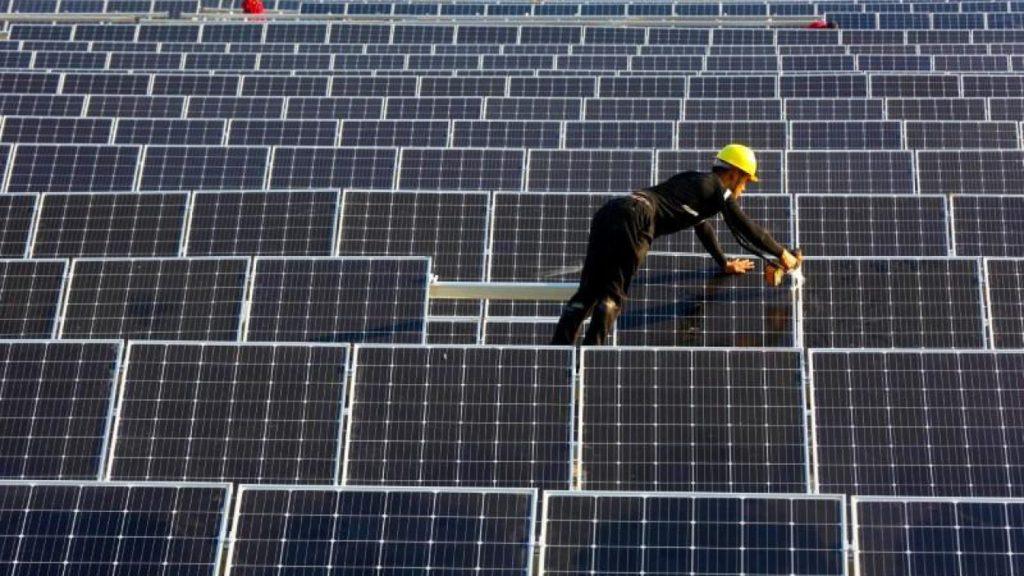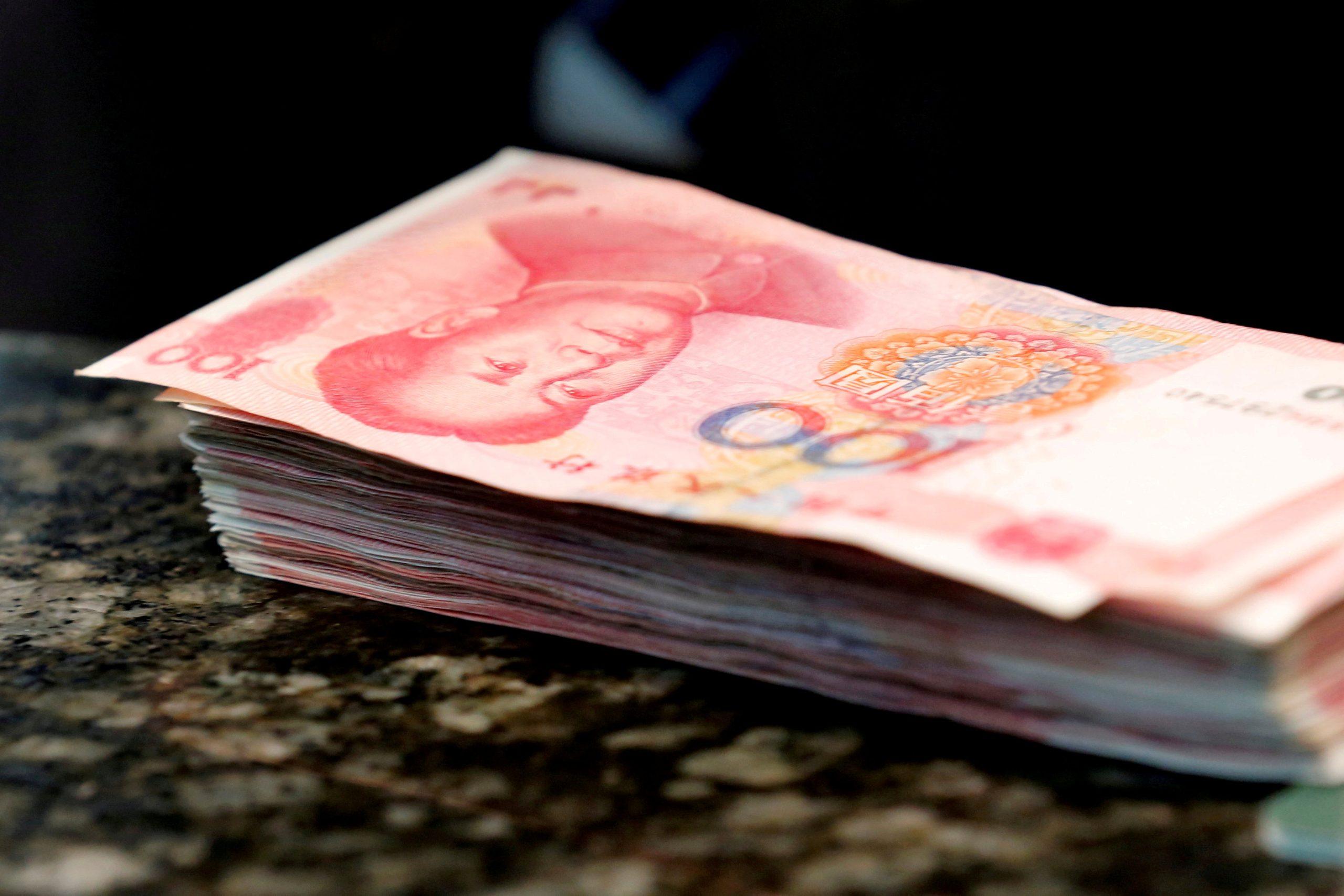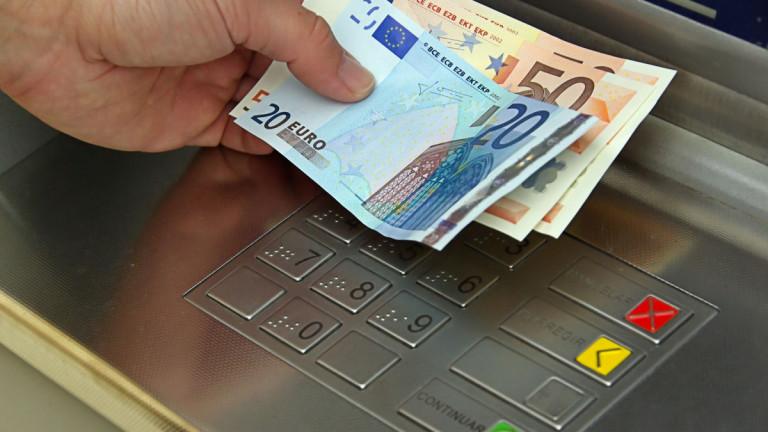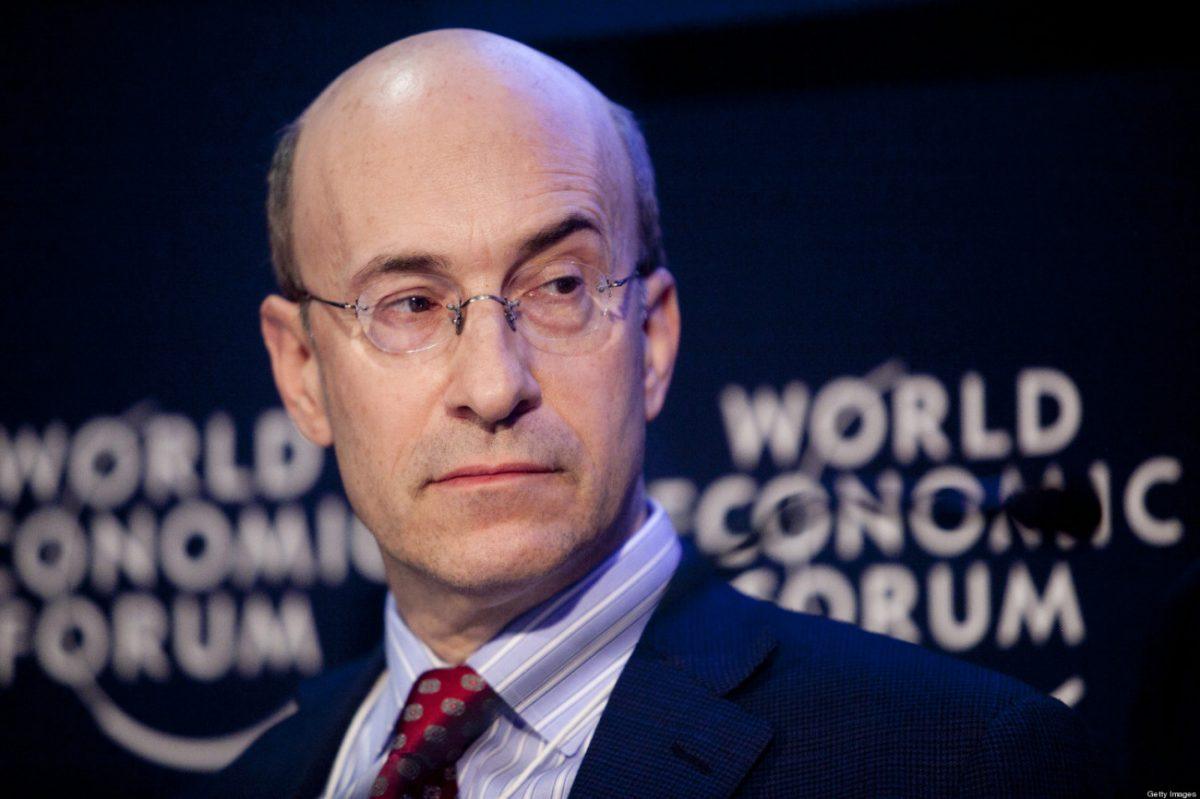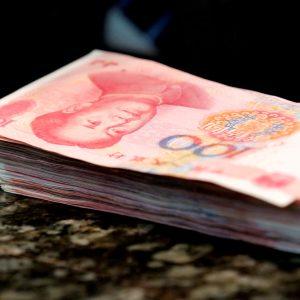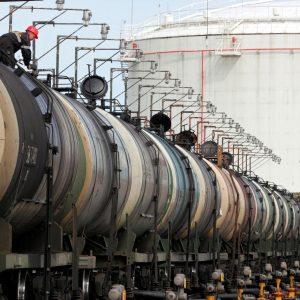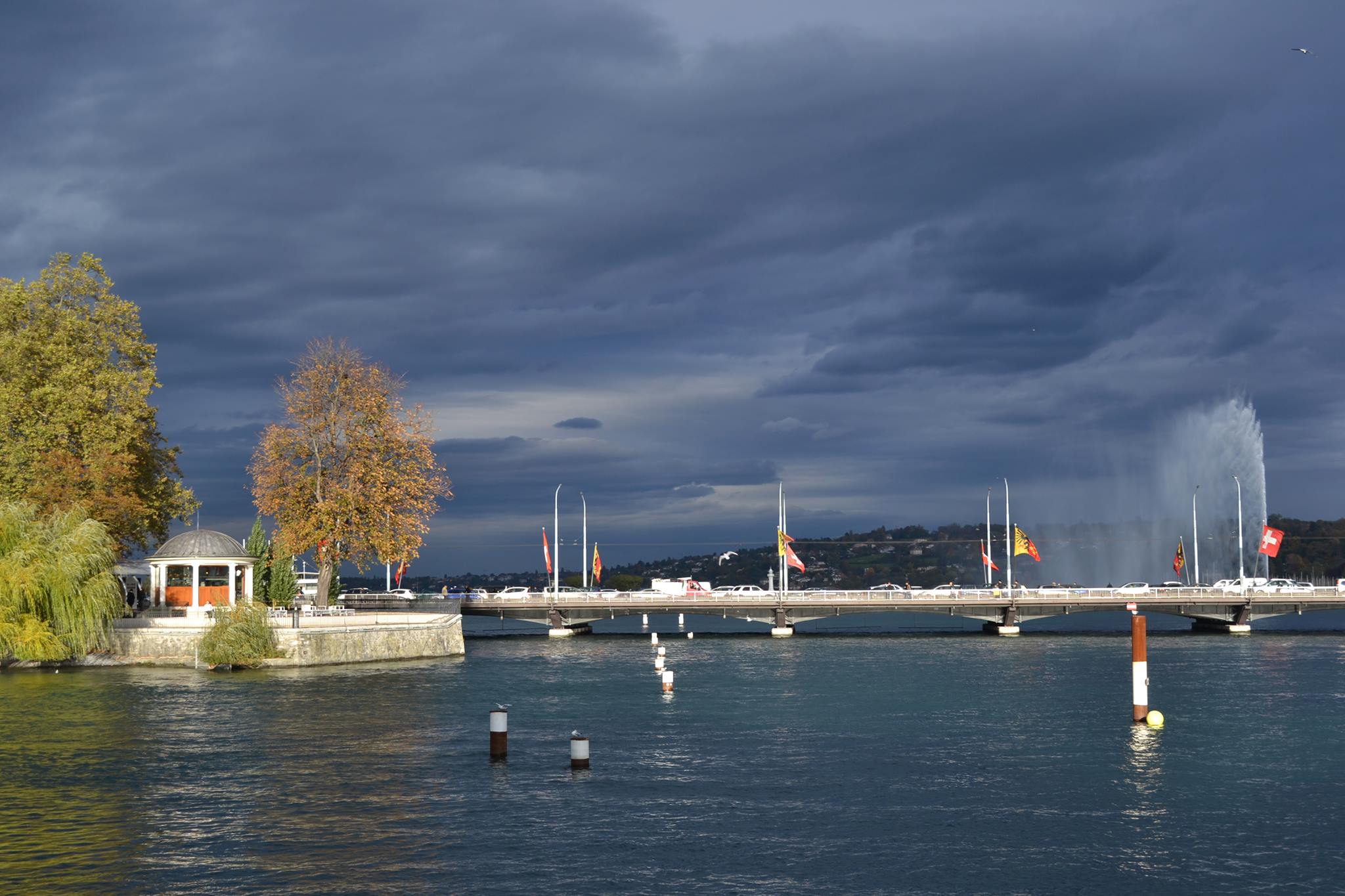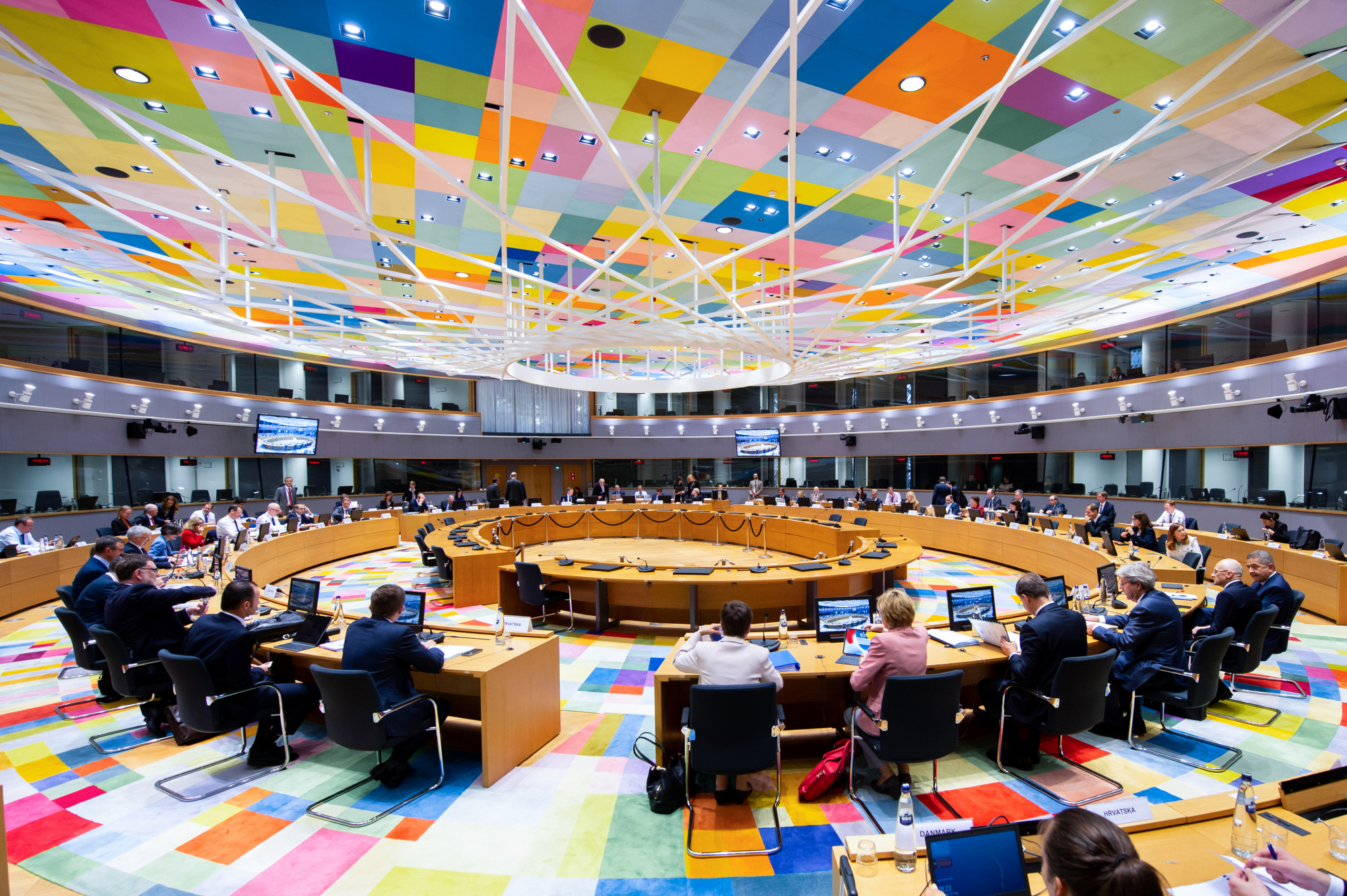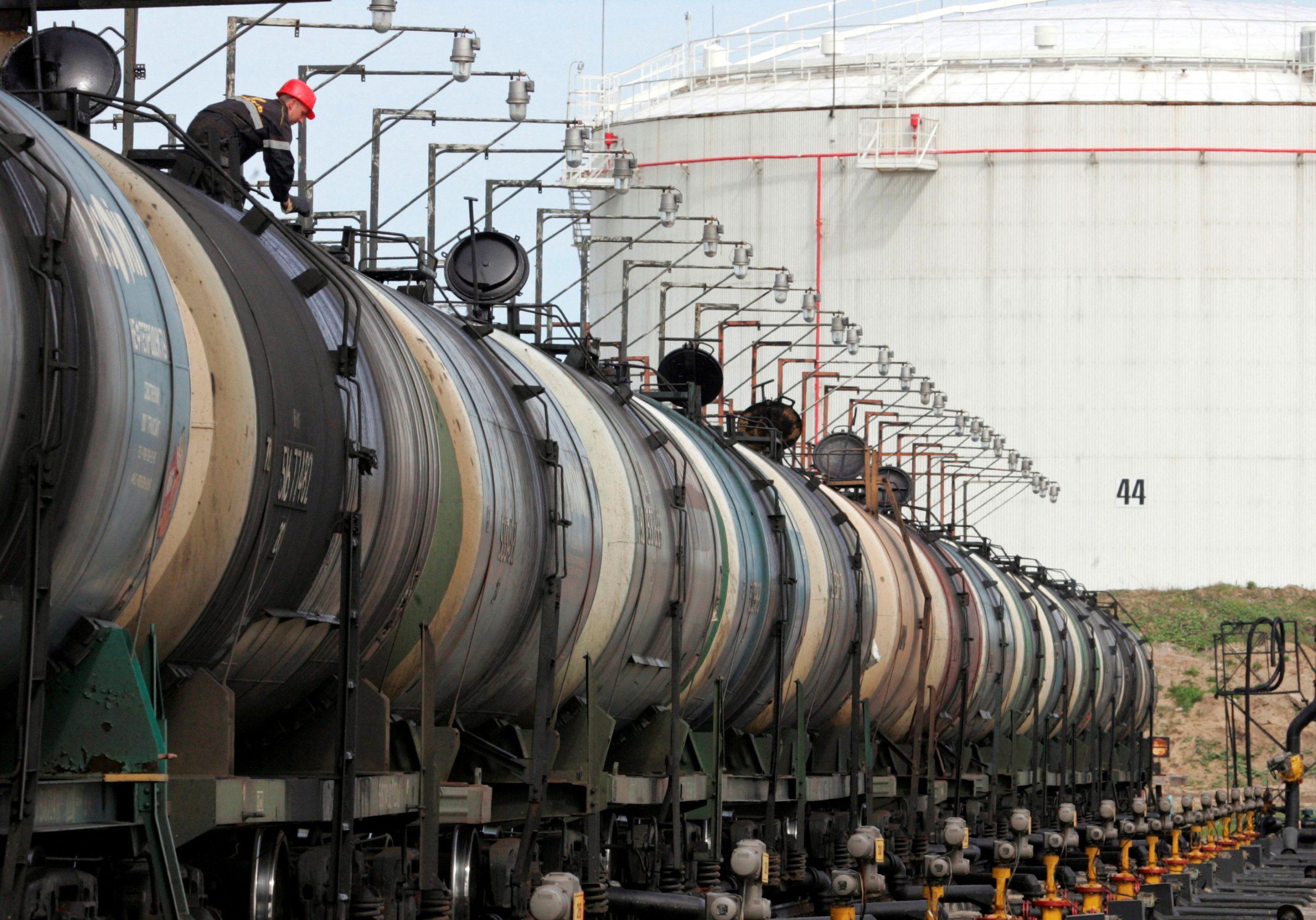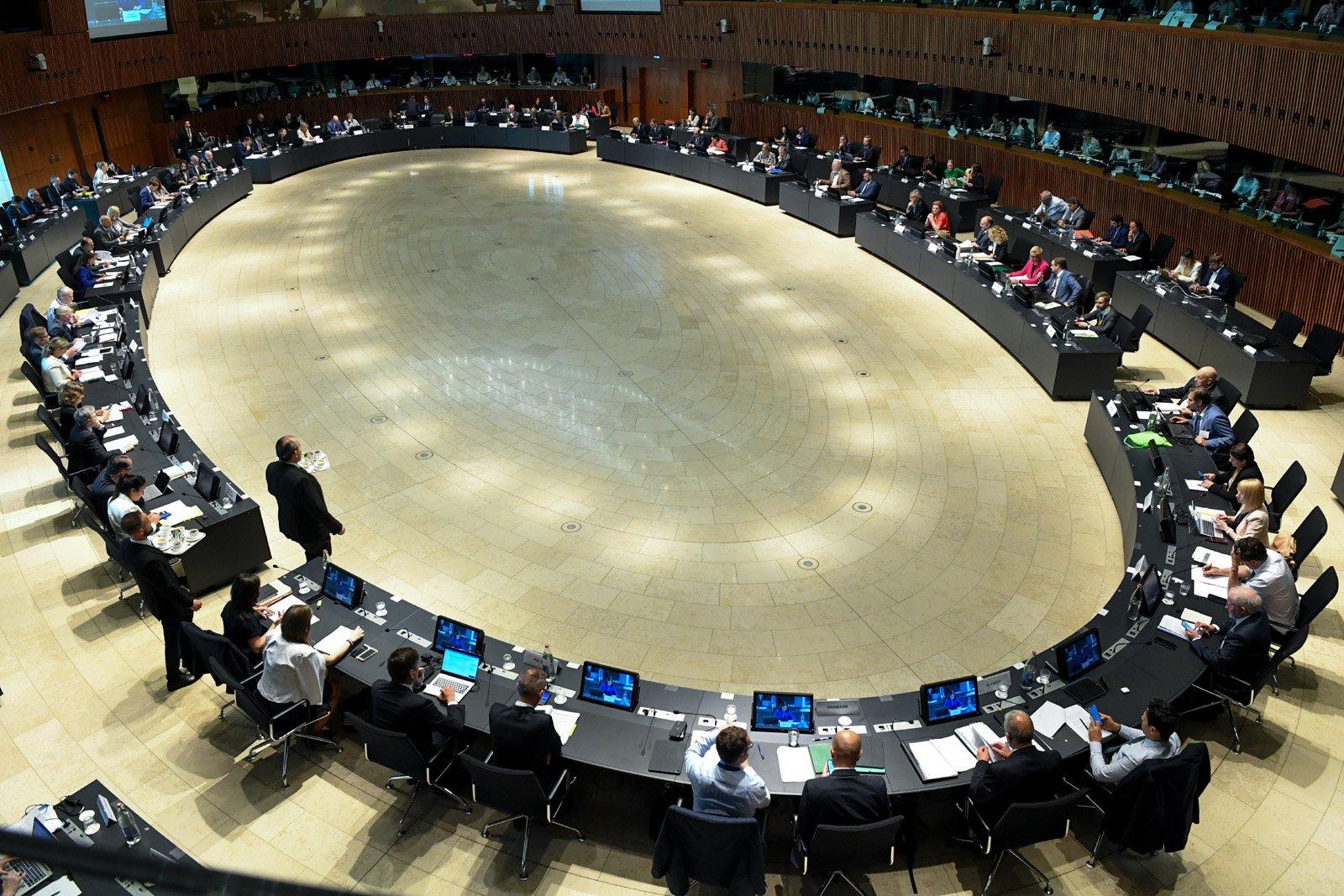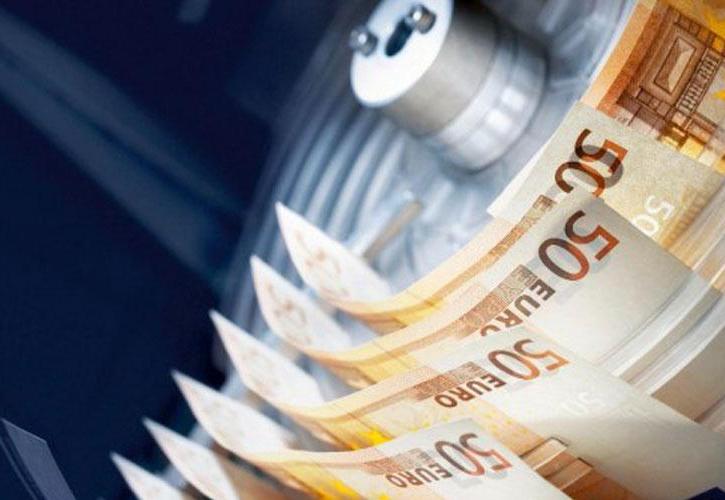There is no doubt that solar energy has become the driving force behind the global energy transition, with Greece now ranking among the top 10 countries globally. Specifically, it holds the 6th position in the list of countries with the most installed solar capacity per capita.
The top three countries with over 1 kW of solar power per capita are Australia (1,521 Watts per capita), the Netherlands (1,491 Watts per capita), and Germany (1,187 Watts per capita). Greece is grouped with Estonia and Austria, each having 964 Watts per capita. These figures come from the latest report by SolarPower Europe, which examines the global solar energy market outlook for the period 2025-2029.
However, the “overheating” of the solar energy market is accompanied by challenges, the most significant of which are access to the grid – the ability of units to connect to either the transmission system (managed by ADMIE in Greece) or the distribution network (operated by DEDDIE) – and the lack of energy storage integration. The latter is crucial for managing the generated “green” energy and minimizing the curtailments currently necessary to maintain system stability and avoid blackouts.
It is noteworthy that Greece currently has 15.2 GW of installed Renewable Energy Sources (RES), of which 9.4 GW are solar systems. As for the grid capacity of ADMIE and DEDDIE, the reserved capacity is 31 GW (projects in operation and with secured connection terms). Another 47 GW (including 6.7 GW of battery storage projects) are pending applications with ADMIE, and 3 GW are reserved for the connection of offshore wind farms and RES units in Crete. Therefore, the total capacity reaches 81 GW, while the peak load of the Greek system is approximately 11 GW.
In addition to these, another 65 GW of RES projects are in the queue, having secured production licenses from the Regulatory Authority for Waste, Energy, and Water (RAAEY), as well as 793 MW of energy storage projects with connection terms and approximately 19.2 GW of pending applications for battery storage.
One solution to address these challenges would be to accelerate licensing for the development of electric networks, balancing the disparity between RES growth and grid capacity. Until then, Europe is promoting a new model of flexible connection offers for RES. This means that the system operator would guarantee absorption of a percentage of a project’s capacity until new transmission lines are constructed.
The problem is further exacerbated by the lack of storage units and other capabilities for utilizing excess “green” electricity. Until then, the only solution is to curtail green energy production. In 2024, it is estimated that 860 GWh of RES power, representing 3.3% of the total green energy production, was curtailed.
For 2025, given the increased RES capacity, curtailments are expected to more than double, potentially exceeding 8% of total RES production. In addition to curtailments, zero or even negative prices in the Energy Exchange are further compressing the revenues of RES projects, threatening their viability.
In the EU, Germany remains the leading market in solar power for 2024, adding a record 17.4 GW of new RES capacity, accounting for over a quarter of the total installed solar photovoltaics in the EU last year. Spain and Italy follow, with more than 15 GW combined, while France (4.7 GW), Poland (4.4 GW), and the Netherlands (3.4 GW) are also prominent. Greece added 2.7 GW, followed by Austria (2.2 GW), Portugal (2.1 GW), Hungary (1.8 GW), Romania (1.7 GW), Ireland (1.1 GW), Bulgaria (1.1 GW), Czech Republic (1.1 GW), and Sweden (1 GW).
Compared to 2023, when all major markets showed strong growth, in 2024, only 5 of the top 10 EU solar markets – France, Germany, Greece, Italy, and Portugal – installed more solar capacity than in 2023.
China continues to dominate the global solar market, with its solar capacity increasing by 30% in 2024 – more than the combined increase of the next ten largest markets worldwide. By the end of 2024, China’s total installed solar capacity reached 886 GW, with 329 GW added that year alone – six times more than what the US, the second-largest market, added.
Other emerging solar powerhouses include India and Brazil. India has doubled its annual solar installations, now ranking as the third-largest solar market globally. Brazil has also significantly increased its solar production, now the fifth-largest solar producer worldwide.
